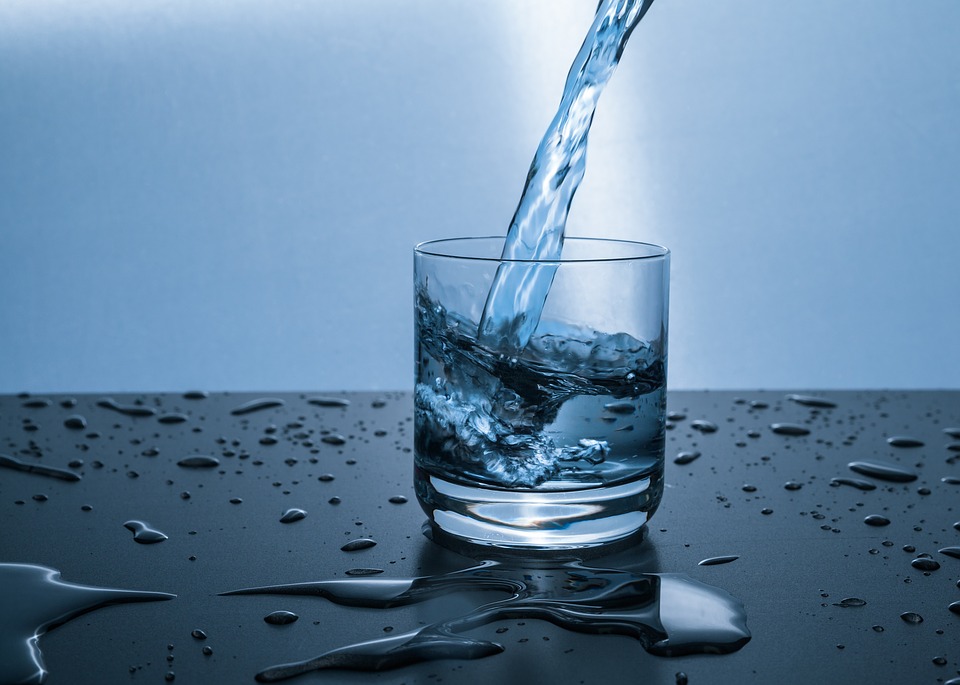Antifouling Coatings for Ion Exchange Resins
Ion exchange resins are widely used for water polishing and purification (e.g. removal of heavy metals). This FSU invention provides a way to rapidly add a coating of nontoxic polymer to an existing anion exchange resin. This coating reduces fouling by algae, other microorganisms, and more, extending the life of the resin and making it easier to clean the resin bed by backflushing.
The coating is produced by negative polyelectrolytes, which interacts with the positively charged resin and forms a thin film on the surface of the resin bead. Because the positive charge at the surface of the bead is substantially reduced, or even switched to negative, potential fouling materials interact less strongly with the resin surface.
The molecular weight of the negative polyelectrolyte is selected to be sufficiently high such that it does not absorb into the resin bead. Thus, an ultrathin film of complex is limited to the surface of the bead. The bead capacity is not diminished and the amount of material consumed is on the order of a few mg per square meter of resin surface.
The polyelectrolyte is water soluble and of low toxicity. Beads can be treated in situ or they can be pretreated in a batch during a typical washing step.


